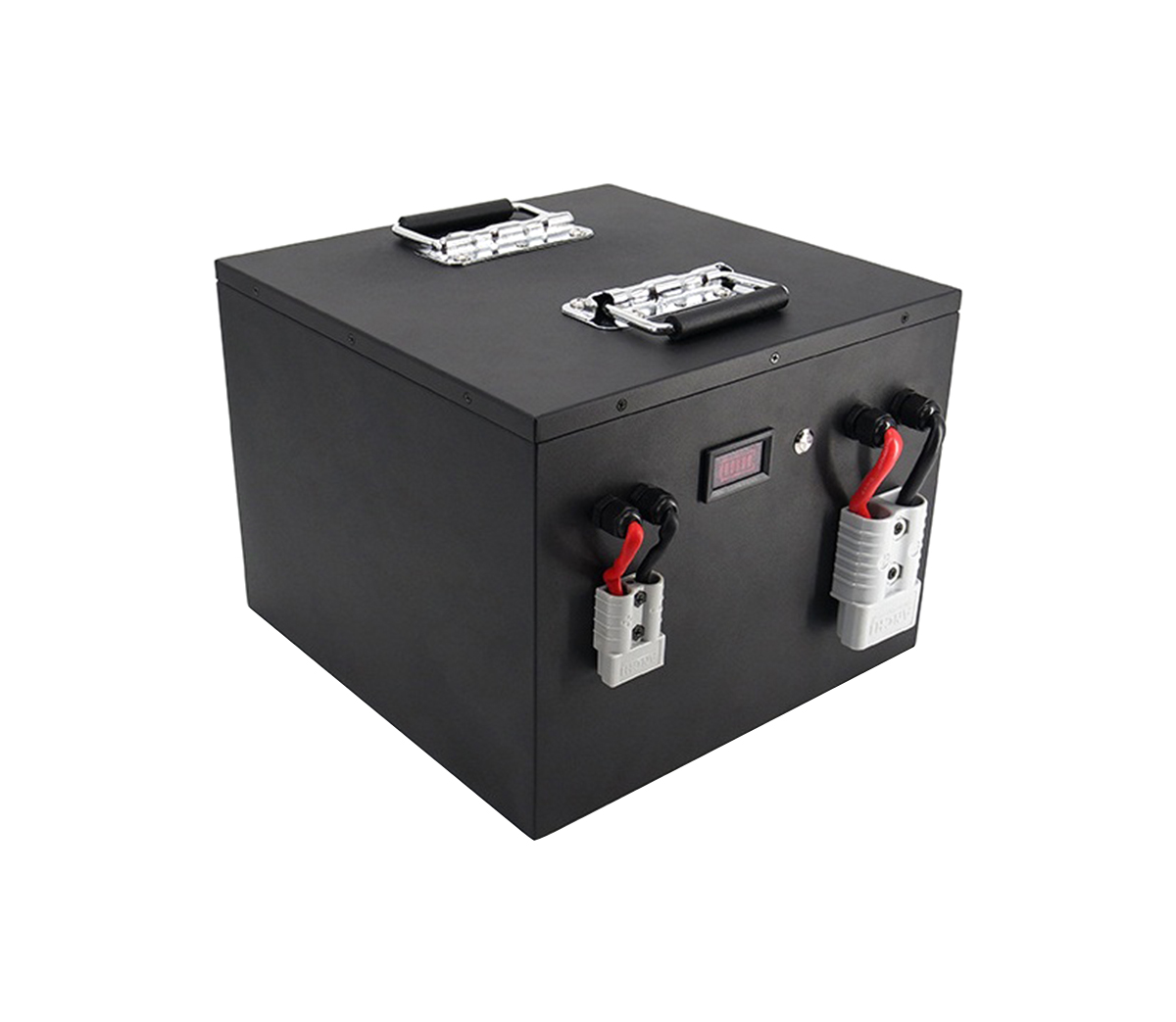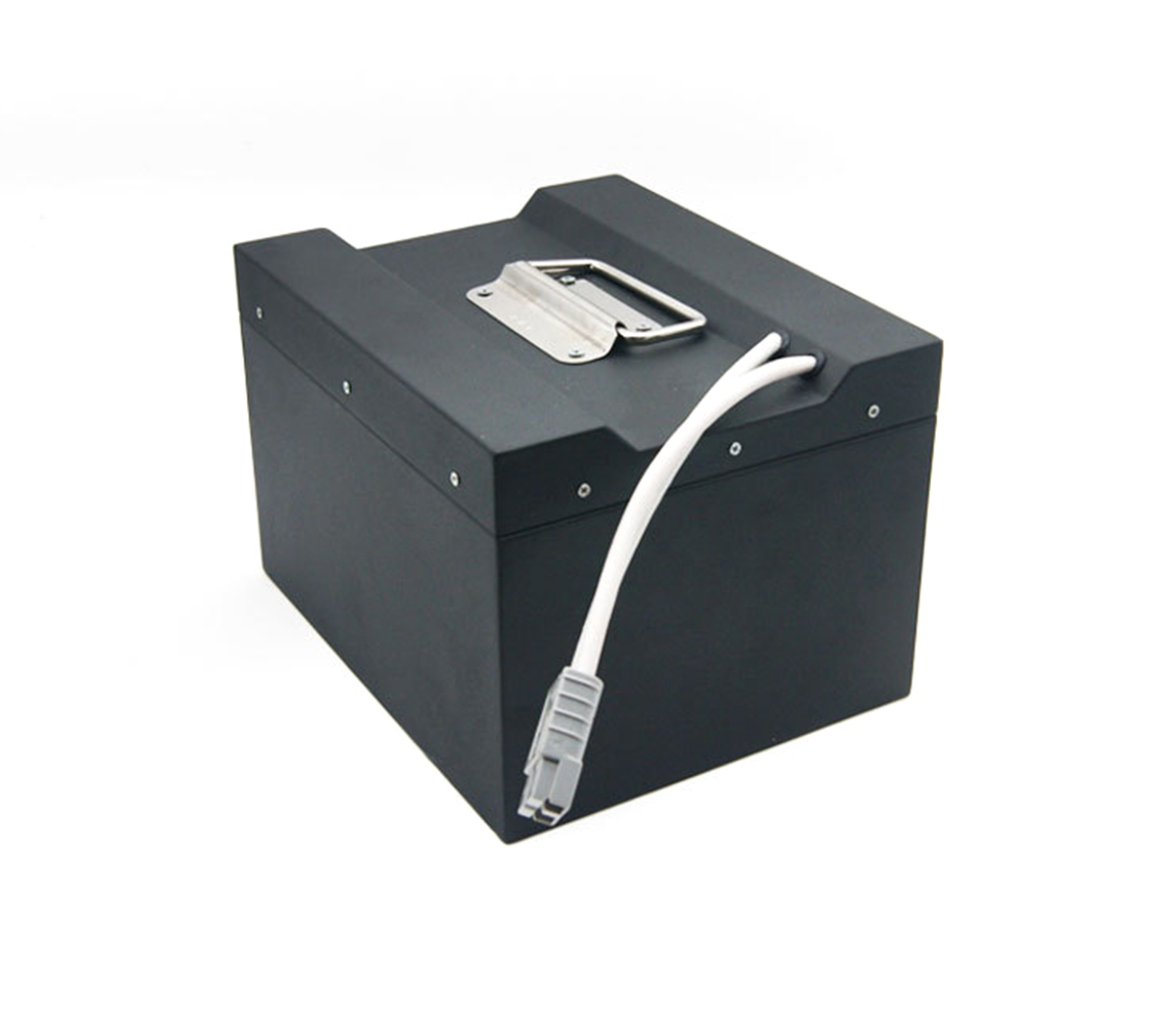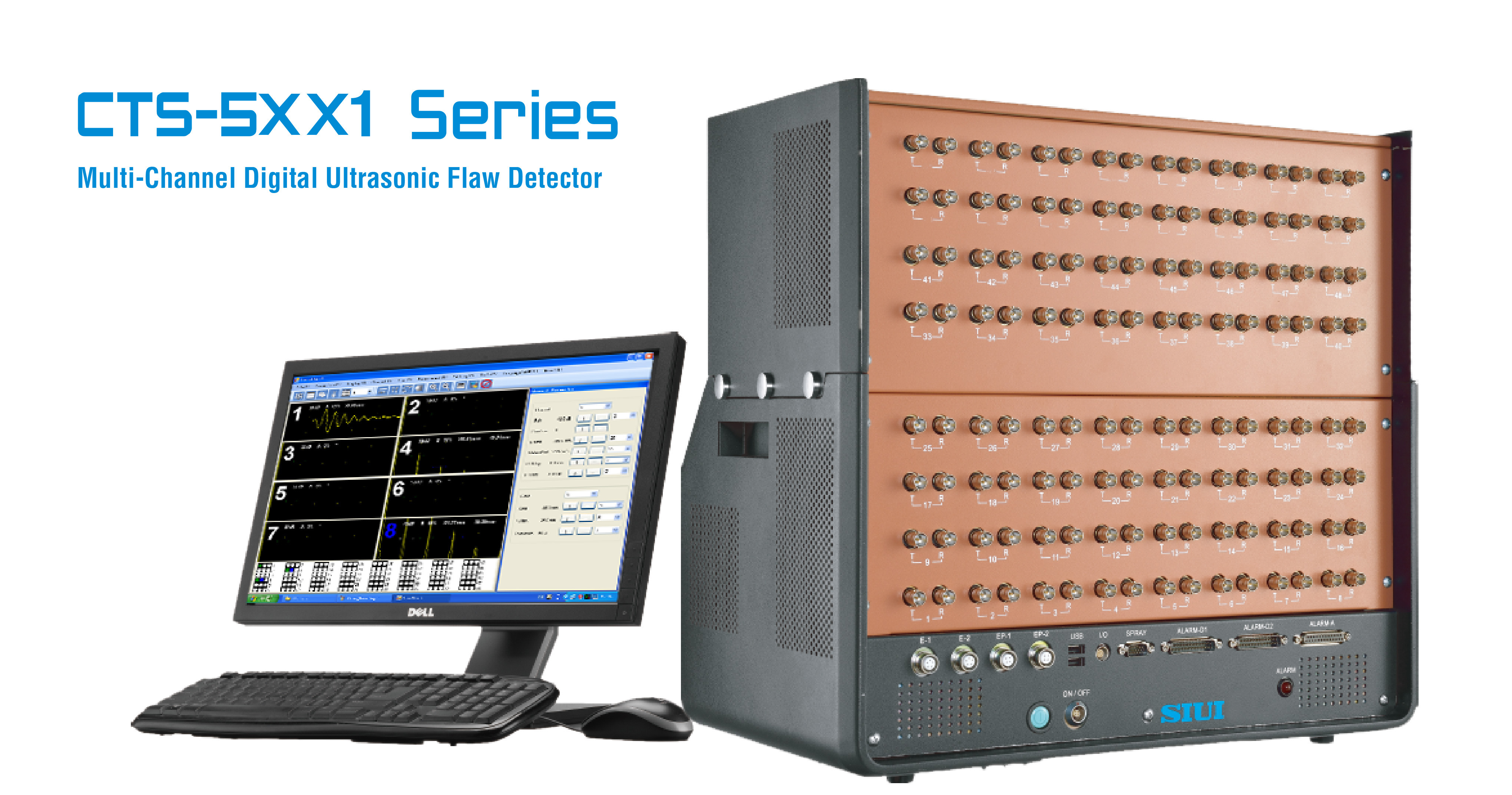
With the development in recent years, the domestic power battery industry
has gradually appeared overcapacity, and product prices have shown a downward
trend. In particular, all types of capital have fully entered the new energy
vehicle and power battery-related markets. The rapid expansion of production
capacity has brought about overcapacity in the low-end and mid-end markets, and
market competition has become more intense.
As one of the development directions of the automobile industry, new energy
vehicles have received great attention from the country. Vigorously developing
new energy vehicles is an important way for my country to realize its
transformation from a major automobile country to a powerful automobile country.
As the core components of new energy vehicles, power batteries have also been
touted. In recent years, with the influx of capital into the power battery
field, industry competition has intensified.
Intensified industry competition driven by policies
In recent years, the overall production capacity of my country's power
battery industry has expanded rapidly, especially after entering 2017, with the
adjustment of the national subsidy policy for electric vehicles and the full
release of power battery production capacity in the industry, at the same time,
as the Cars continue to be exempted from purchase tax and other policies, and
the new energy car market will continue to develop.
It is expected that the demand for power batteries will continue to grow at
a rate of 30-40% from 2018 to 2020. After years of R&D investment and
technology accumulation, the comprehensive performance of lithium-ion batteries
and motor electronic control in my country has been continuously improved, the
technology has matured, and the cost has continued to decrease. Some performance
indicators have reached the international advanced level and become the current
stage of the new energy vehicle powertrain. It has become a mainstream choice
and is widely used in the field of electric vehicles.
In 2017, 11 of the 13 listed power battery companies showed positive
revenue growth, reflecting the vigorous development of the integrated industry.
Among them, Jianrui Woneng increased by 152.9%, Mengshi Technology's revenue
increased by 92.07%, and Penghui Energy increased by 65.06%.
With the development in recent years, the domestic power battery industry
has gradually appeared overcapacity, and product prices have shown a downward
trend. In particular, various types of capital have fully entered the new energy
vehicle and power battery related markets. The rapid expansion of production
capacity has brought about overcapacity in the low-end market, and market
competition has become more intense. As competition intensifies, industry
concentration is further increasing. Data show that the total installed capacity
of new energy vehicle power batteries in my country in 2017 was about 36.4GWh.
Among them, the top ten power battery companies with total installed power
amounted to 26.81GWh, accounting for 74% of the total. The top-ranked power
battery manufacturers have taken the lead in the market. status.
Although revenue has increased, the profits of power battery companies in
2017 are not as good as revenue. Seven of the 11 companies experienced a decline
in their net profits. This is mainly due to the impact of the decline in the
subsidy policy for new energy vehicles, the transmission of cost pressures from
OEMs, and the rise of upstream raw materials, which have compressed the profits
of power battery companies.
Deepen the layout and enhance core competitiveness
The new energy power automobile industry is more obviously affected by the
national policy orientation, and the future development direction and policy
support are all being adjusted. On February 13, the four ministries and
commissions jointly issued the "Notice on Adjusting and Improving the Financial
Subsidy Policy for the Promotion and Application of New Energy Vehicles." The
new subsidy policy guides the development of new energy vehicles in the
direction of high cruising range and high energy density. High-performance
products, lithium power batteries, will usher in a broad market space.
With the introduction of the New Energy Vehicle Subsidy Policy in 2018, the
policy has increased the energy density of power batteries and the requirements
for new energy vehicle mileage, forcing companies to upgrade their core
technologies, which will help the long-term development of the entire industry,
and will also lead to The market concentration has further increased, and it is
expected that the pattern of the new energy vehicle market will undergo new
changes in 2018.
Faced with this policy orientation, power battery companies have deepened
their deployment in power battery core technologies. For example, Yiwei Lithium
Energy actively conducts research and development of new products and technical
reserves in accordance with the development trend of the industry. At the end of
2017, the production lines of prismatic lithium iron phosphate batteries,
cylindrical ternary batteries and soft-packed ternary batteries were built. In
2018, the company will continue to expand production capacity and increase the
production capacity of prismatic ternary batteries to meet the company's needs
in the passenger car, special-purpose vehicle and bus markets, as well as the
energy storage market. Guoxuan High-Tech stated that the company focuses on the
R&D investment of power lithium batteries, further improves the R&D
system of the world’s five major research institutes, and strengthens the
analysis and characterization of the battery’s entire life cycle system from the
space and time dimensions, laying a foundation for product design, development
and verification. Base. In 2017, the industrialization of the new generation of
ternary 622 square aluminum shell batteries and the R&D projects of ternary
811 batteries and soft pack battery products made important progress.



































